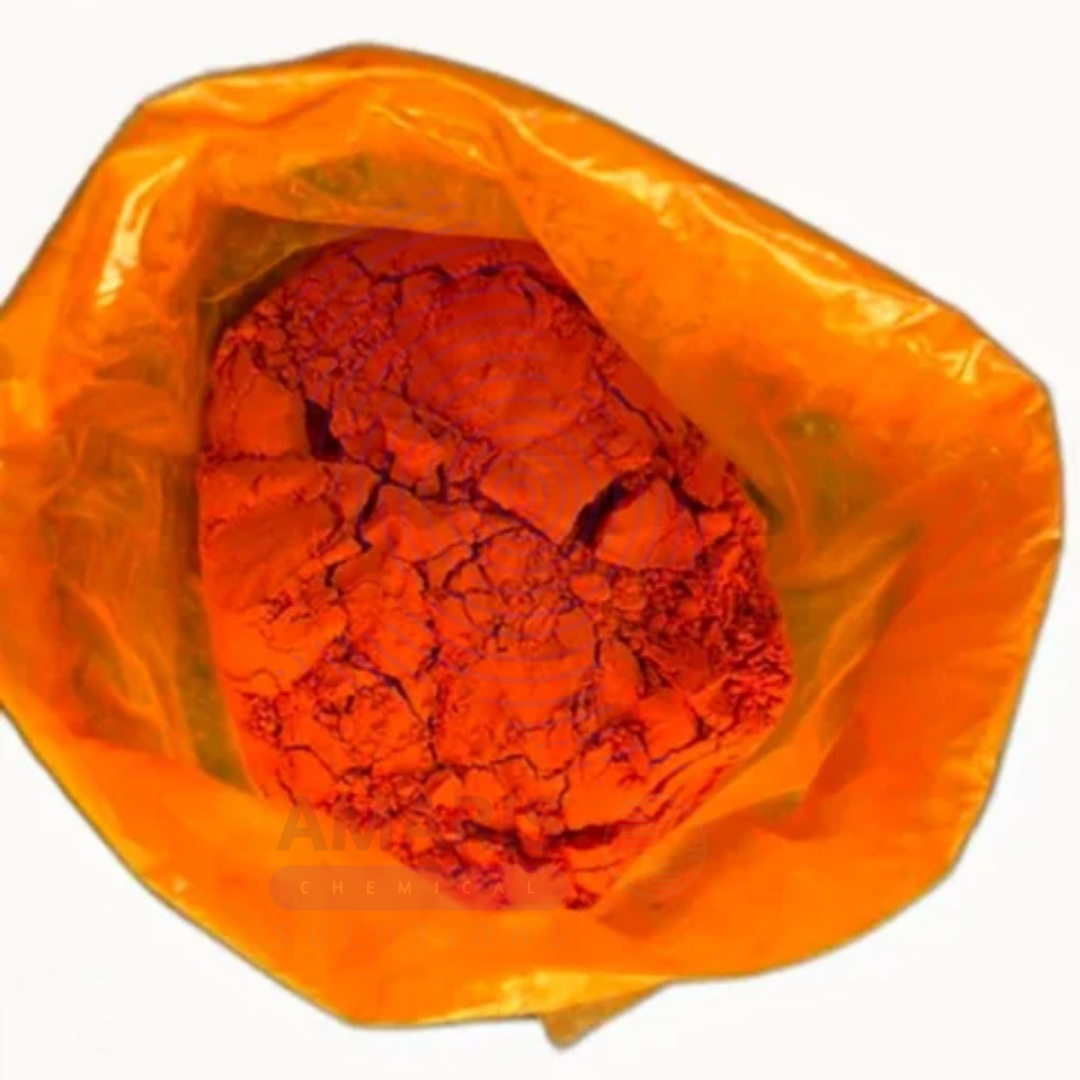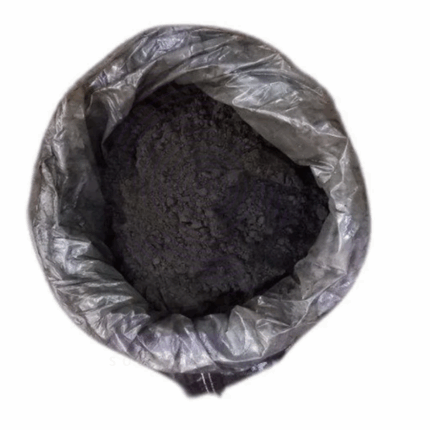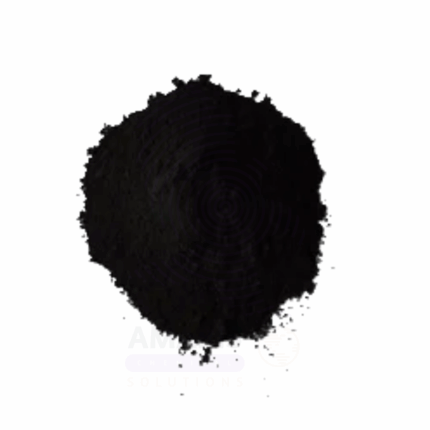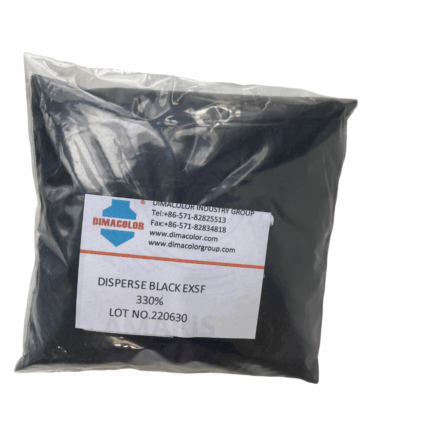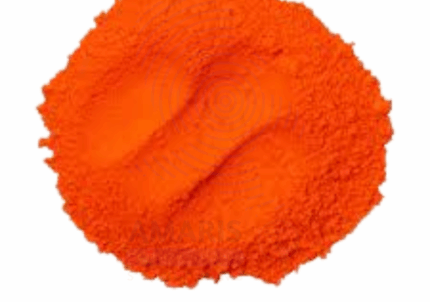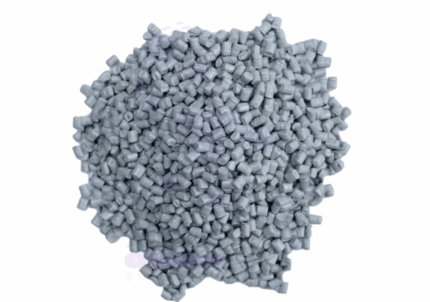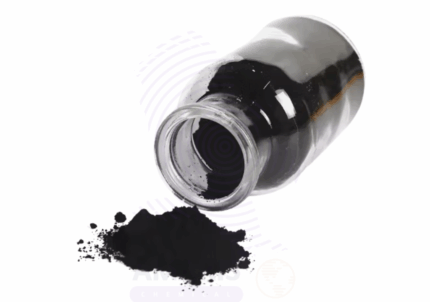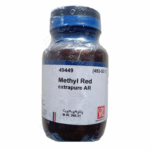
Methyl Red Solution Extra Pure
$ 19.00 Original price was: $ 19.00.$ 18.89Current price is: $ 18.89.
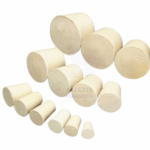
Cork to fit conical flask
$ 11.20 Original price was: $ 11.20.$ 0.09Current price is: $ 0.09.
Waxol Solvent Yellow 2
Whatsapp Order
Waxol Solvent Yellow 2 is a synthetic solvent dye known for its bright yellow hue and excellent solubility in organic solvents such as oils, waxes, hydrocarbons, and plasticizers. It provides consistent and vibrant yellow coloration in solvent-based systems, making it suitable for use in plastics, inks, coatings, and lubricants. The dye offers good chemical resistance and lightfastness, ensuring durability and stability of color in industrial and decorative applications. Waxol Solvent Yellow 2 is widely used where water-soluble dyes are unsuitable, providing high tinting strength and compatibility with various non-polar substrates.
Categories: Colorants (Pigments, Dyes), Dyes and Pigments
Tags: Ink Dye, Plasticizer Dye, Solvent Dye, Waxol Solvent Yellow 2, Yellow Colorant
Description
Table of Contents
Toggle
Waxol Solvent Yellow 2
Primary Uses
- Coloring solvents, oils, waxes, and hydrocarbon-based products.
- Used in plastics and rubber industries for tinting plasticizers and polymers.
- Applied in ink manufacturing for solvent-based inks and printing applications.
- Employed in coatings and varnishes to impart bright yellow coloration.
Secondary Uses
- Utilized in lubricants and fuel additives for color identification.
- Used in laboratory dyeing experiments and research involving solvent-soluble dyes.
KEY PRODUCT FEATURES
1. Basic Identification Attributes
- Botanical Source: Synthetic
- Common/Trade Name: Waxol Solvent Yellow 2
- INCI Name: Waxol Solvent Yellow 2
- CAS Number: 4830-78-8
- HS Code: 3204.19
- Synonyms: Solvent Yellow 2, C.I. Solvent Yellow 2
2. Physical & Chemical Properties
- Physical State: Powder or granules
- Color & Odor: Bright yellow; odorless
- Solubility: Soluble in organic solvents; insoluble in water
- Density: Approx. 1.1 g/cm³
- Shelf Life: 24 months under proper storage
3. Safety & Hazard Attributes
- GHS Classification: May cause skin and eye irritation
- Toxicity: Moderate toxicity if ingested; avoid inhalation of dust
- Allergen Information: Potential irritant for sensitive individuals
- Exposure Limits: Follow occupational safety guidelines
4. Storage & Handling Attributes
- Storage Conditions: Store in a cool, dry, well-ventilated place, away from ignition sources
- Container Type: Sealed polyethylene or metal containers suitable for solvents
- Shelf Life: 24 months when stored properly
- Handling Precautions: Use gloves, mask, and protective clothing to avoid dust and solvent exposure
5. Regulatory & Compliance Attributes
- Complies with industrial dye regulations
- Manufactured in GMP-compliant facilities
6. Environmental & Health Impact
- Biodegradability: Low; dispose according to local regulations
- Ecotoxicity: Potentially harmful to aquatic life at high concentrations
- Bioaccumulation: Not expected
SAFETY HANDLING PRECAUTIONS
Safety Handling Precautions
- PPE Required: Gloves, protective eyewear, dust mask
- Handling Guidelines: Avoid dust generation; avoid skin and eye contact
First Aid Measures
- Inhalation: Move to fresh air; seek medical attention if symptoms persist
- Skin Contact: Wash with soap and water
- Eye Contact: Rinse thoroughly with water; consult a doctor if irritation continues
- Ingestion: Do not induce vomiting; seek immediate medical attention
Firefighting Measures
- Fire Hazards: Combustible; flammable vapors may accumulate
- Extinguishing Media: Foam, dry chemical, CO2
- Special Precautions: Avoid inhaling combustion fumes
- Hazardous Combustion Products: Carbon monoxide, nitrogen oxides
Related products
Black 5
Black 5, also known as Acid Black 5 or CI 20470, is a synthetic dye commonly used in various industries for its deep, rich black to bluish-black color. It belongs to the azo dye family and is typically supplied as a fine powder or granules in industrial packaging, such as 25kg bags. Black 5 is water-soluble and exhibits excellent stability in acidic conditions, making it ideal for applications in textiles, personal care, and some food and pharmaceutical formulations where permitted.
This dye offers high tinctorial strength, consistent batch-to-batch quality, and compatibility with other dyes for custom blends. It is used both for its standalone dark color and to darken or tone other dye shades.
Black 7 Dye
Black 7 Dye, also known as CI 26150 or D&C Black No. 7, is a synthetic black pigment primarily composed of carbon-based aromatic compounds. It is a high-purity, oil-dispersible colorant derived from oxidized aniline and related intermediates. Known for its intense black shade and strong tinting strength, Black 7 Dye is widely used in the cosmetics, personal care, pharmaceutical, and specialty colorant industries.
This dye is chemically stable, lightfast, and compatible with oils, esters, waxes, and synthetic bases, making it suitable for both leave-on and rinse-off formulations. It is particularly favored in products requiring bold color expression, such as eye makeup, hair dyes, and tattoo inks. Surface-treated forms are also available to enhance dispersibility and formulation compatibility.
Chromosal B
Chromosal B is a specialized chromium-based chemical reagent commonly used in analytical chemistry and laboratory applications. It is typically a chromium salt formulation that serves as a strong oxidizing agent, employed for various testing, purification, and synthesis processes. Chromosal B is valued for its high reactivity, stability in solution, and ability to facilitate oxidative reactions. It is widely used in industrial quality control, chemical synthesis, and wastewater treatment, offering reliable performance in oxidative degradation and metal treatment procedures.
Disperse Black
Disperse Black is a synthetic dye belonging to the class of disperse dyes, primarily used for dyeing hydrophobic fibers such as polyester, nylon, acetate, and other synthetic textiles. It is characterized by its fine particle size, high tinctorial strength, excellent fastness properties (wash, light, and rubbing), and ability to produce deep, uniform black shades. Disperse Black dyes are water-insoluble and applied in aqueous dispersion form during high-temperature dyeing processes. These dyes are favored in the textile industry for their vibrant colors and durability.
Pigment Orange
Pigment Orange is a concentrated dispersion of synthetic orange pigment particles in a suitable carrier, designed to deliver bright, vivid orange coloration. It offers excellent stability, heat resistance, and chemical inertness, making it suitable for diverse industrial applications including paints, plastics, inks, and coatings. This pigment ensures consistent color strength and durability across a variety of substrates.
Polyvinyl Chloride Masterbatch
Polyvinyl Chloride Masterbatch is a concentrated mixture of pigments, additives, or fillers encapsulated in a PVC carrier resin, designed for direct addition into PVC processing applications. It offers an efficient and dust-free way to color, modify, or enhance the physical properties of PVC products. This masterbatch ensures excellent dispersion, consistent coloration, and improved processability. It is widely used in rigid and flexible PVC applications including construction, automotive, packaging, electrical, and consumer products.
Printofix Black H-TR
Printofix Black H-TR is a high-quality black textile printing paste designed for use in screen printing applications. It provides excellent color strength, fastness, and adhesion on a variety of fabrics including cotton, polyester, and blended textiles. The formulation ensures sharp, vibrant prints with good wash and rub resistance, making it ideal for industrial and fashion textile printing.
Solvent oil red 24 OSH
Solvent Oil Red 24 OSH is a bright, oil-soluble azo dye used primarily for coloring petroleum-based solvents, oils, waxes, and greases. Known for its excellent solubility in hydrocarbon mediums, this dye delivers a vivid red hue with good thermal stability and moderate lightfastness. Its OSH (Oil Soluble High) formulation ensures optimized dispersion in non-polar systems.
Solvent Oil Red 24 OSH is used in applications requiring visual identification, fuel marking, and product differentiation across industrial environments. It is available in powdered or granulated form and is manufactured to meet industrial-grade quality standards.


 Preservatives(food)
Preservatives(food) Flavor Enhancers
Flavor Enhancers Acidulants
Acidulants Sweeteners
Sweeteners Antioxidants
Antioxidants Colorants(food)
Colorants(food) Nutraceutical Ingredients (food)
Nutraceutical Ingredients (food) Nutrient Supplements
Nutrient Supplements Emulsifiers
Emulsifiers
 Collectors
Collectors Dust Suppressants
Dust Suppressants Explosives and Blasting Agents
Explosives and Blasting Agents Flocculants and Coagulants
Flocculants and Coagulants Frothers
Frothers Leaching Agents
Leaching Agents pH Modifiers
pH Modifiers Precious Metal Extraction Agents
Precious Metal Extraction Agents
 Antioxidants(plastic)
Antioxidants(plastic) Colorants (Pigments, Dyes)
Colorants (Pigments, Dyes) Fillers and Reinforcements
Fillers and Reinforcements Flame Retardants
Flame Retardants Monomers
Monomers Plasticizers
Plasticizers Polymerization Initiators
Polymerization Initiators Stabilizers (UV, Heat)
Stabilizers (UV, Heat)
 Antifoaming Agents
Antifoaming Agents Chelating Agents
Chelating Agents Coagulants and Flocculants
Coagulants and Flocculants Corrosion Inhibitors
Corrosion Inhibitors Disinfectants and Biocides
Disinfectants and Biocides Oxidizing Agents
Oxidizing Agents pH Adjusters
pH Adjusters Scale Inhibitors( water)
Scale Inhibitors( water)
 Antioxidants(cosmetic)
Antioxidants(cosmetic) Emollients
Emollients Fragrances and Essential Oils
Fragrances and Essential Oils Humectants
Humectants Preservatives
Preservatives Surfactants(cosmetic)
Surfactants(cosmetic) Thickeners
Thickeners UV Filters
UV Filters
 Fertilizers
Fertilizers Soil Conditioners
Soil Conditioners Plant Growth Regulators
Plant Growth Regulators Animal Feed Additives
Animal Feed Additives Biostimulants
Biostimulants Pesticides (Herbicides, Insecticides, Fungicides)
Pesticides (Herbicides, Insecticides, Fungicides)
 Active Pharmaceutical Ingredients (APIs)
Active Pharmaceutical Ingredients (APIs) Excipients
Excipients Solvents(pharmaceutical)
Solvents(pharmaceutical) Antibiotics
Antibiotics Antiseptics and Disinfectants
Antiseptics and Disinfectants Vaccine Adjuvants
Vaccine Adjuvants Nutraceutical Ingredients (pharmaceutical)
Nutraceutical Ingredients (pharmaceutical) Analgesics & Antipyretics
Analgesics & Antipyretics
 Analytical Reagents
Analytical Reagents Solvents(lab)
Solvents(lab) Chromatography Chemicals
Chromatography Chemicals Spectroscopy Reagents
Spectroscopy Reagents microbiology-and-cell-culture-reagents
microbiology-and-cell-culture-reagents Molecular Biology Reagents
Molecular Biology Reagents Biochemical Reagents
Biochemical Reagents Inorganic and Organic Standards
Inorganic and Organic Standards Laboratory Safety Chemicals
Laboratory Safety Chemicals Specialty Laboratory Chemicals(Special Laboratory Equipment)
Specialty Laboratory Chemicals(Special Laboratory Equipment)
 Demulsifiers
Demulsifiers Hydraulic Fracturing Fluids
Hydraulic Fracturing Fluids Scale Inhibitors(oil)
Scale Inhibitors(oil) Surfactants(oil)
Surfactants(oil) Drilling Fluids
Drilling Fluids
 Dyes and Pigments
Dyes and Pigments Bleaching Agents
Bleaching Agents Softening Agents
Softening Agents Finishing Agents
Finishing Agents Antistatic Agents
Antistatic Agents
 Admixtures
Admixtures Waterproofing Agents
Waterproofing Agents Sealants and Adhesives
Sealants and Adhesives Curing Compounds
Curing Compounds Concrete Repair Chemicals
Concrete Repair Chemicals Anti-Corrosion Coatings
Anti-Corrosion Coatings
 Surfactants(cleaning)
Surfactants(cleaning) Builders
Builders Enzymes
Enzymes Solvents (Cleaning)
Solvents (Cleaning) Fragrances
Fragrances
 Electronic Chemicals
Electronic Chemicals Catalysts
Catalysts Lubricants
Lubricants Photographic Chemicals
Photographic Chemicals Refrigerants
Refrigerants Automotive chemicals
Automotive chemicals Pyrotechnic Chemicals
Pyrotechnic Chemicals
 Biodegradable Surfactants
Biodegradable Surfactants Bio-based Solvents
Bio-based Solvents Renewable Polymers
Renewable Polymers Carbon Capture Chemicals
Carbon Capture Chemicals Wastewater Treatment Chemicals
Wastewater Treatment Chemicals
 Pigments
Pigments Solvents(paint)
Solvents(paint) Specialty Coatings
Specialty Coatings Binders/Resins
Binders/Resins Additives
Additives Driers
Driers Anti-Corrosion Agents
Anti-Corrosion Agents Functional Coatings
Functional Coatings Application-Specific Coatings
Application-Specific Coatings
 Fresh Herbs
Fresh Herbs Ground Spices
Ground Spices Whole Spices
Whole Spices Spice Blends
Spice Blends Dried Herbs
Dried Herbs
 Leavening Agents
Leavening Agents Dough Conditioners
Dough Conditioners Flour Treatments
Flour Treatments Fat Replacers
Fat Replacers Decoratives
Decoratives Preservatives(baking)
Preservatives(baking)
 Plasticizers & Softeners
Plasticizers & Softeners Reinforcing Agents
Reinforcing Agents Adhesion Promoters
Adhesion Promoters Vulcanizing Agents
Vulcanizing Agents Antidegradants
Antidegradants Blowing Agents
Blowing Agents Fillers & Extenders
Fillers & Extenders Accelerators & Retarders
Accelerators & Retarders